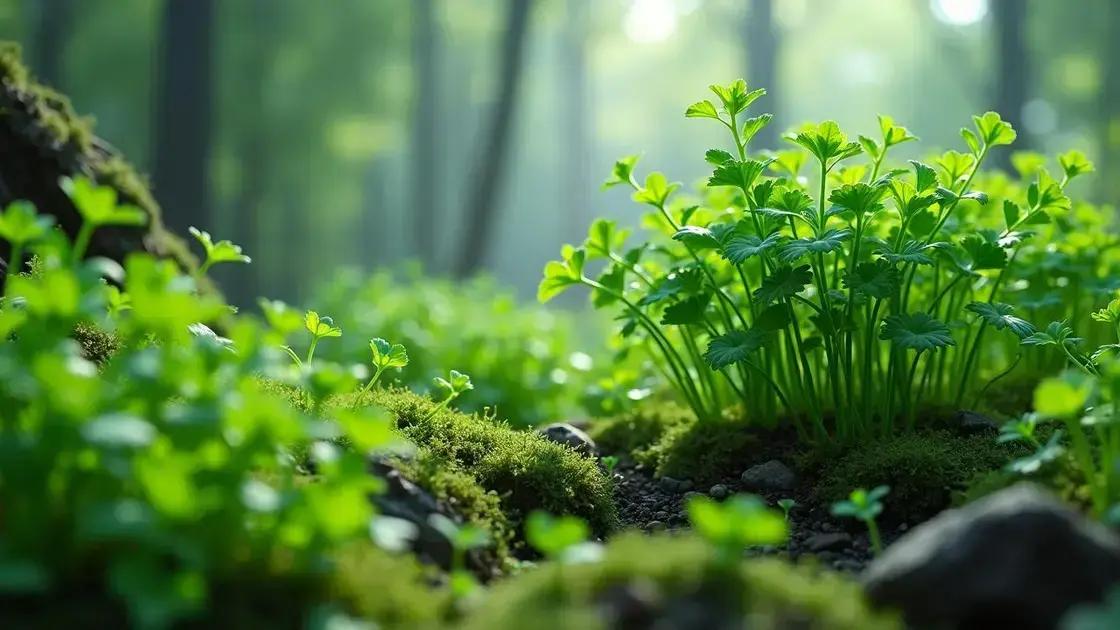How to Care for Cilantro Plant: 7 Tips for Thriving Growth
How to care for cilantro plant enthusiasts often face challenges when nurturing their herbs. Understanding the specific needs for watering, sunlight, and soil can make all the difference. Dive into our guide for essential tips that will help your cilantro flouris so it thrives in your garden!
Table of Contents
ToggleEssential watering techniques for cilantro
Essential watering techniques for cilantro are crucial to help your plants thrive. Proper watering not only aids growth but also prevents diseases.
Understanding cilantro’s watering needs
- Cilantro prefers consistent moisture but dislikes soggy soil.
- Water your plants when the top inch of soil feels dry.
- Consider using a moisture meter for accuracy.
Best practices for watering cilantro
- Water early in the morning to reduce evaporation.
- Ensure water reaches the roots by directing the stream at the base of the plant.
- Avoid overhead watering which can lead to fungal diseases.
Signs of over and underwatering
| Condition | Signs |
|---|---|
| Overwatering | Yellowing leaves, wilting despite wet soil, root rot. |
| Underwatering | Wilting leaves, dry soil, slow growth. |
Tips for maintaining moisture
- Use mulch to help retain soil moisture.
- Consider self-watering containers for indoor plants.
- Group plants together to create a microclimate.
For those interested in growing cilantro indoors, exploring indoor gardening techniques can enhance your experience. With the right strategies, your cilantro will be lush and flavorful!
Best soil types for growing cilantro

Best soil types for growing cilantro play a vital role in the success of your herb garden. To cultivate healthy cilantro, selecting the right soil ensures robust growth and flavor.
Ideal soil composition
- A well-draining soil is crucial to prevent root rot.
- Loamy soil with a balanced mix of sand, silt, and clay is preferable.
- Dark, rich organic matter improves nutrient availability.
Types of soil suitable for cilantro
- All-purpose potting soil: Great for containers with added drainage amendments.
- Seed starting mix: Ideal for initial germination and young cilantro plants.
- Garden soil: Should be amended with compost to boost nutrient content.
pH level considerations
| Soil Type | Recommended pH Level |
|---|---|
| Loamy soil | 6.2 – 6.8 |
| Potting mix | 6.0 – 7.0 |
| Compost-amended garden soil | 6.5 – 7.0 |
Improving your soil for cilantro
- Add compost to enrich nutrient content.
- Incorporate perlite or vermiculite for improved drainage.
- Consider organic fertilizers to promote healthier growth.
If you’re interested in growing cilantro indoors, exploring indoor gardening techniques can help you make the most of your space and resources.
Top pests and solutions for cilantro plants
Top pests and solutions for cilantro plants are essential knowledge for any cilantro enthusiast. Understanding common pests helps protect your plants and maintain a healthy garden.
Common pests that affect cilantro
- Leafhoppers: Tiny green pests that feed on plant sap.
- Aphids: Small insects that cluster on new growth and suck nutrients.
- Whiteflies: Small, white insects that can cause wilting and stress.
Identifying symptoms of pest infestations
- Yellowing leaves may indicate nutrient deficiency caused by pests.
- Sticky residue on leaves can be honeydew from aphids.
- Visible insects or webs signal a more severe problem.
Effective solutions for pest control
- Natural insecticidal soap can help eliminate soft-bodied insects.
- Introducing beneficial insects like ladybugs can control pests naturally.
- Neem oil is an organic solution that disrupts pest life cycles.
Prevention tips to protect cilantro
- Rotate crops yearly to reduce the risk of infestations.
- Maintain good air circulation around plants to prevent fungal diseases.
- Regularly inspect your cilantro plants for signs of pests.
For more guidance on nurturing your plants, consider exploring indoor gardening techniques for optimal care and growth.
In conclusion
Caring for cilantro plants requires attention to watering, soil types, and pest management. By implementing the best practices outlined in this guide, you can ensure your cilantro thrives and flourishes in your garden. Remember, maintaining ideal conditions and being proactive about pests are key to enjoying a successful harvest. For additional insights, check out these tips on enhancing your indoor garden.

